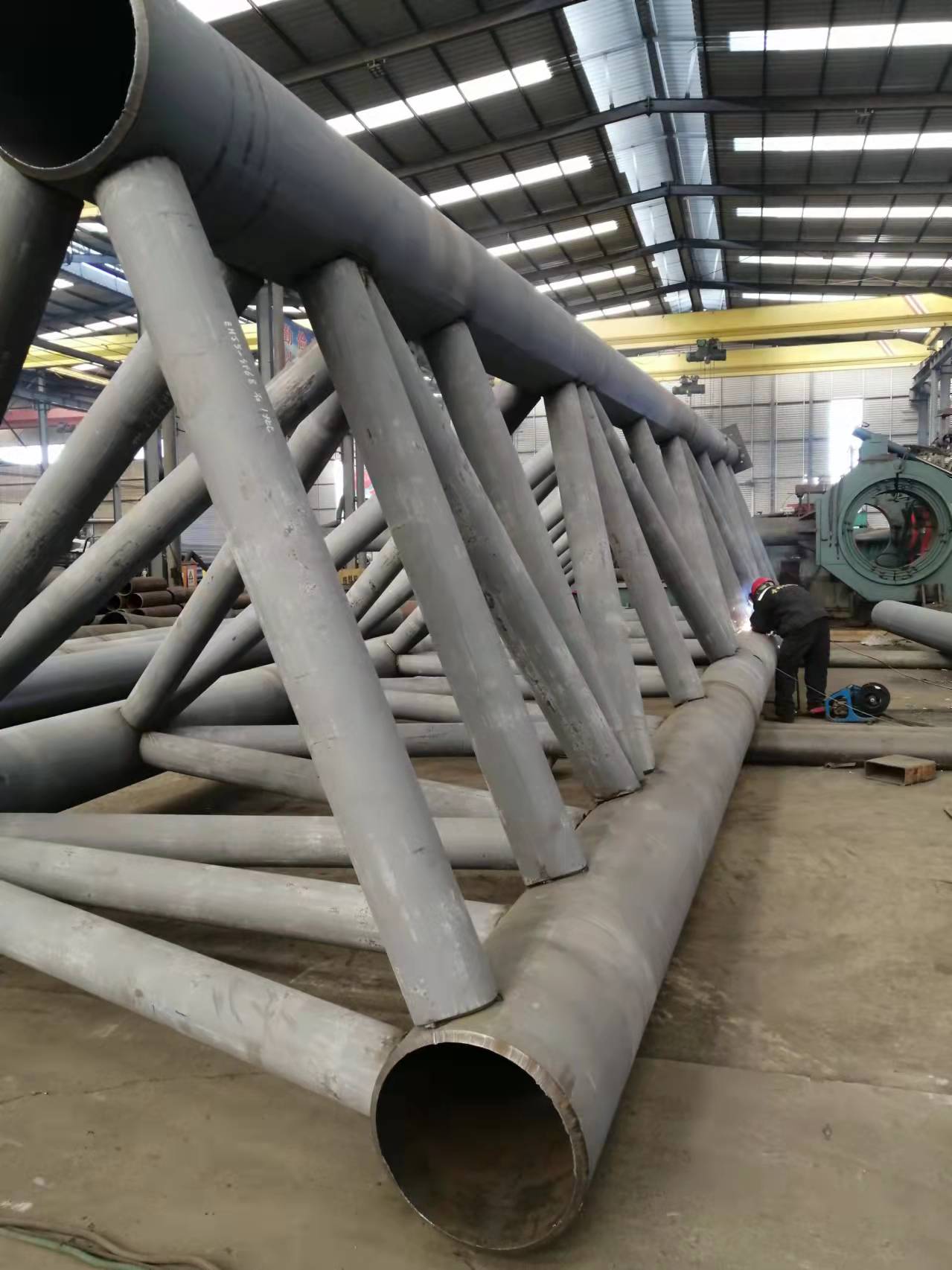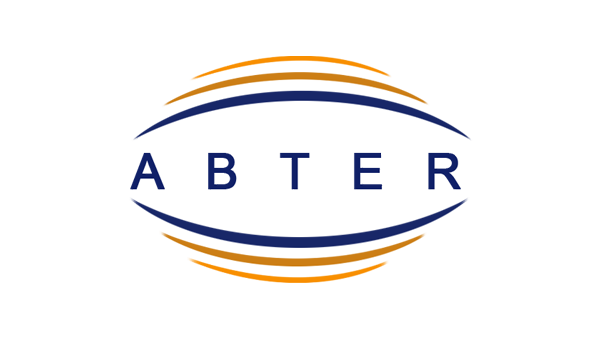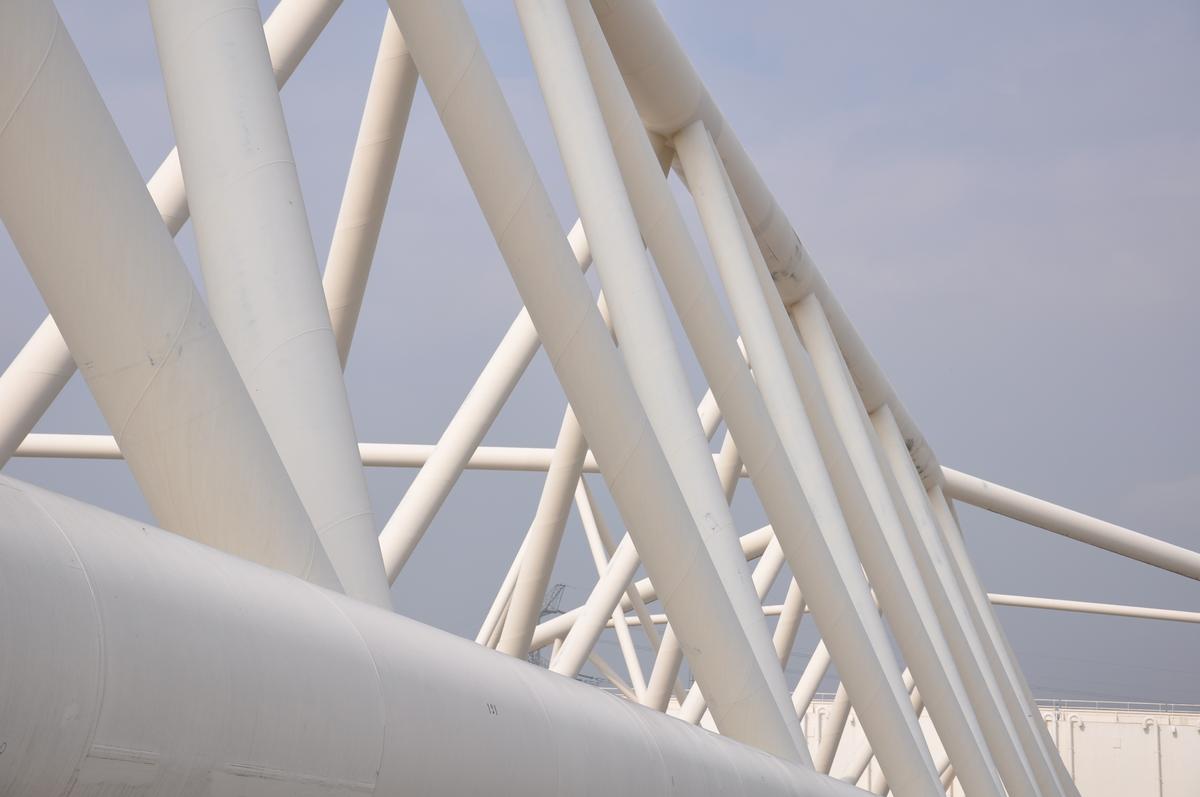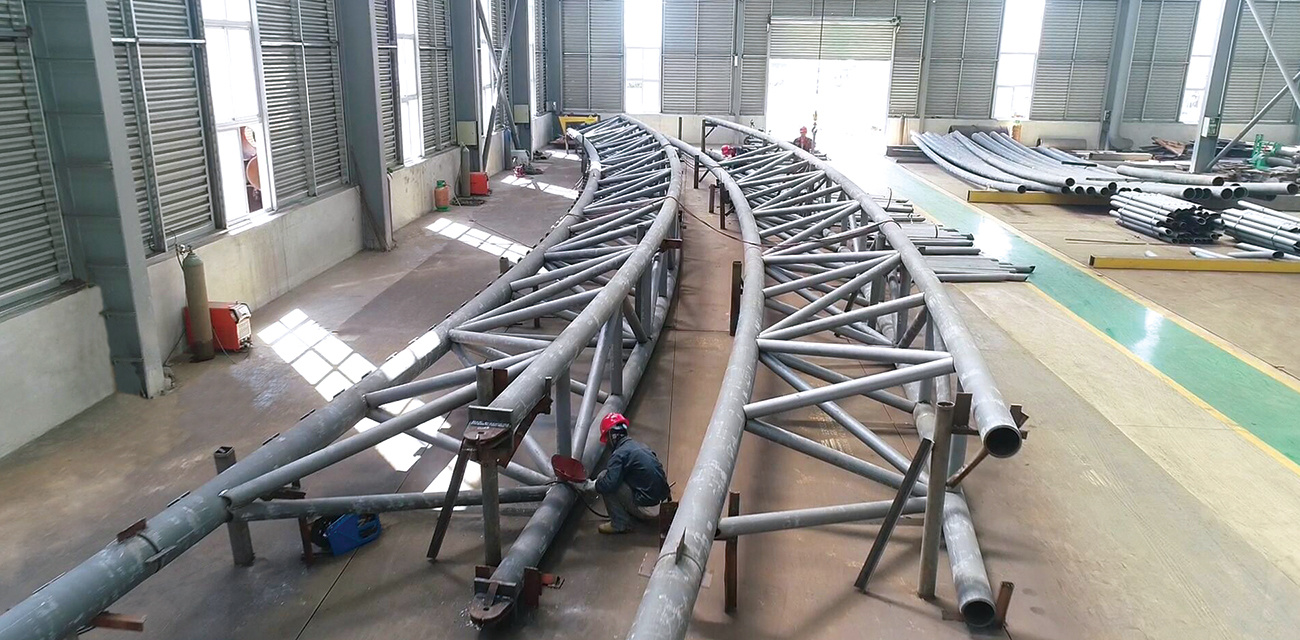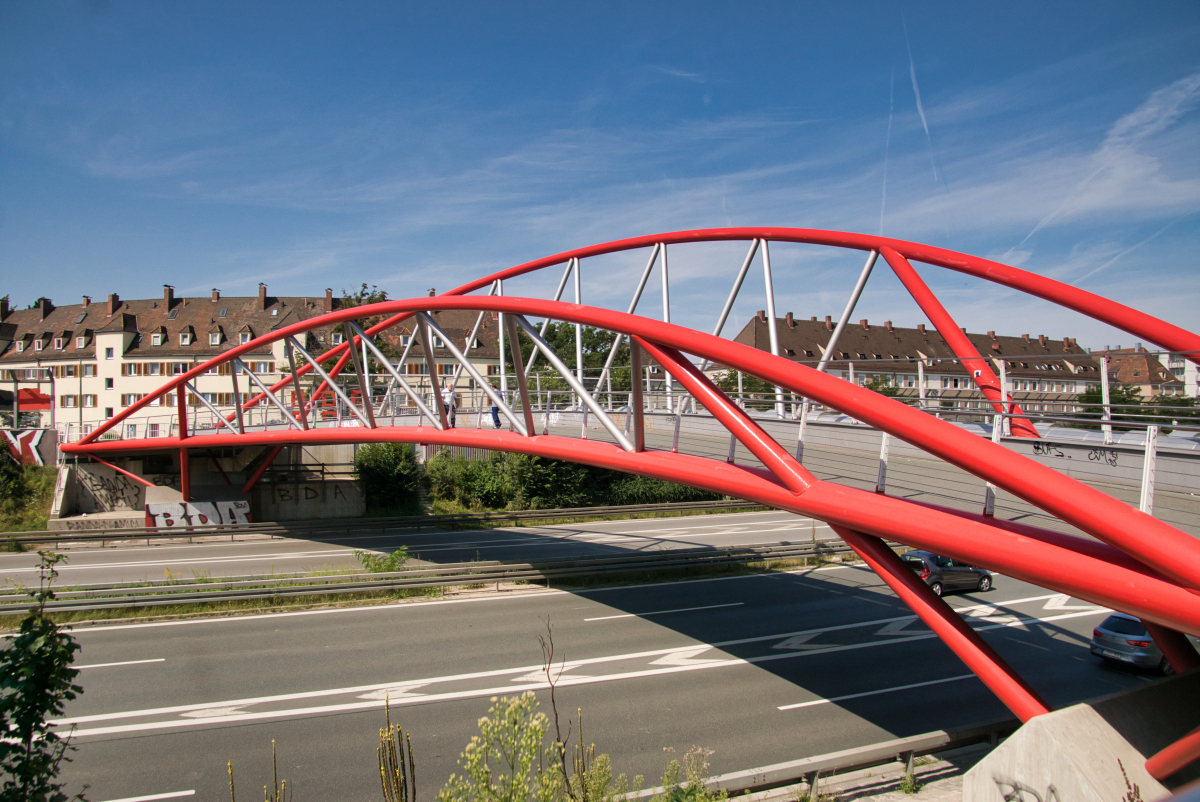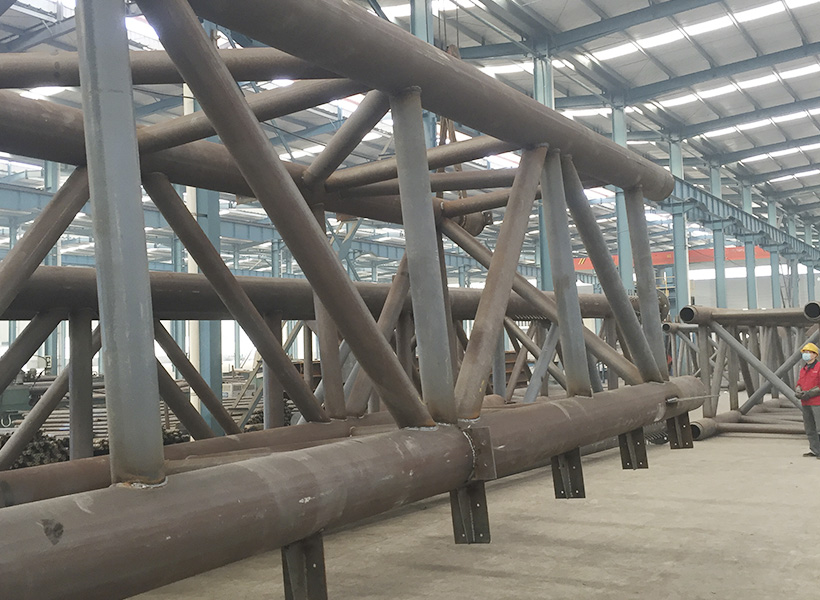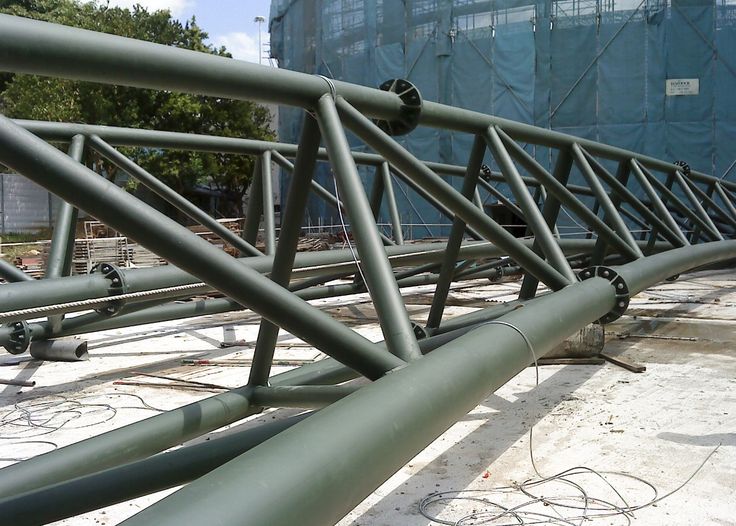Techo de tubería de curvatura de acero Camilio en estructuras de acero a largo plazo: Un análisis completo
Introducción a las armaduras de techo de tubería de curva de acero
Las armaduras de techo de tubería de curvatura de acero son parte integral de la ingeniería estructural moderna, particularmente para estructuras de larga distancia que requieren grandes, espacios sin columna. Estas armaduras utilizan secciones de acero tubular, a menudo doblado o curvado, Para formar marcos triangulados que proporcionan relaciones excepcionales de fuerza / peso, flexibilidad estética, y eficiencia estructural.
Acero de espía a largo estructuras, típicamente excediendo 20 metros, se utilizan en aplicaciones como las terminales del aeropuerto, estadios deportivos, salas de exposición, e instalaciones industriales. El uso de Bend
vigas de tubería Mejora los aspectos funcionales y arquitectónicos de estas estructuras, permitiendo geometrías complejas y una distribución de carga eficiente. Este análisis profundiza en los parámetros de ingeniería, Consideraciones de fabricación, y comparaciones de rendimiento de acero curvado
armaduras de techo de tubería, compatible con datos e ideas técnicas.
Bendamiento de tubos de doble se distinguen por su uso de tuberías de acero sin costuras o soldadas, que se doblan en formas específicas para formar acordes y miembros web. El proceso de flexión introduce propiedades mecánicas únicas, como una mayor resistencia al pandeo y un atractivo estético mejorado, en comparación con las secciones rectas tradicionales.
El principal Los materiales utilizados incluyen aceros de carbono de alta resistencia como Q355B o ASTM A500, que ofrecen propiedades de tracción y compresión superiores. El diseño de estas armaduras debe tener en cuenta factores como las condiciones de carga, longitud de espacio, detallado de la articulación, e influencias ambientales, todos los cuales son críticos para garantizar la integridad estructural y la seguridad..
Parámetros de ingeniería y consideraciones de diseño
El diseño de los trusses de techo de tubería de curva de acero implican una comprensión detallada de la mecánica estructural, Propiedades de los materiales, e interacciones de carga. Los parámetros de ingeniería clave incluyen la relación de capacidad a profundidad, diámetro de la tubería y grosor de la pared, radio de flexión, y tipos de conexión. La relación de tramo a profundidad generalmente varía de 10 a 25, con proporciones más bajas, lo que resulta en armaduras más profundas que reducen las fuerzas de acordes pero aumentan la longitud de los miembros de la web. Por largos tramos (20–100 metros), Una relación de 15-20 a menudo es óptima para equilibrar el uso del material y la eficiencia estructural. Los diámetros de la tubería varían de 100 mm a 400 milímetros, con espesores de pared de 6–16 mm, dependiendo de los requisitos de carga y tramo.
El proceso de flexión introduce tensiones residuales que deben administrarse cuidadosamente. De acuerdo con los estándares de la industria, La desviación en la redondez de la tubería no debe exceder ± 0.75%, y el título de flexión debe limitarse a 3.0 mm/m para garantizar la precisión dimensional. Juntas soldadas, comúnmente utilizado en trusses de tubería de curvatura, debe cumplir con estándares como BS en 1993-1-8, que especifican los requisitos para la resistencia a la soldadura y la rigidez de las articulaciones. Por ejemplo, Al soldar tuberías con espesores desiguales, una pendiente de bisel de ≤1:2.5 se recomienda minimizar las concentraciones de tensión. Además, La resistencia al fuego es una consideración crítica, con armaduras diseñadas para cumplir con estándares como NFPA 5000, a menudo requieren recubrimientos protectores o pinturas intumescentes para lograr clasificaciones de incendios especificadas.
Técnicas de fabricación y fabricación
La fabricación de armaduras de techo de tubería de curvatura implica procesos avanzados para lograr geometrías precisas y confiabilidad estructural. Tuberías de acero sin costuras, preferido por su uniformidad, generalmente se doblan utilizando técnicas de flexión de inducción caliente o fría. Flexión caliente, realizado a temperaturas alrededor de 850–950 ° C, Permite radios más ajustados pero puede alterar la microestructura del material, Requerir el tratamiento térmico posterior a la flexión para restaurar la fuerza. Flexión fría, Adecuado para radios más pequeños, preserva las propiedades del material pero requiere fuerzas más altas, Aumento de los costos del equipo. La elección del método de flexión depende del diámetro de la tubería, espesor de pared, y la curvatura deseada.
Los desafíos de fabricación incluyen mantener la precisión dimensional y garantizar soldaduras de alta calidad. Las máquinas de corte parabólicas automatizadas a menudo se usan para lograr cortes finales precisos para nodos de intersección, Reducción de la necesidad de placas de refuerzo y material de ahorro. Por ejemplo, Un estudio de un sistema de armadura de 36 metros informó un consumo de acero de aproximadamente 63 kg/m², significativamente más bajas que las estructuras tradicionales de la sección abierta. Las juntas son típicamente soldadas o atornilladas, con nodos de intersección soldados que ofrecen una apariencia más limpia pero que requieren un estricto control de calidad para evitar defectos. El uso de nodos hemisféricos para soportes de columna en forma de árbol, Como se ve en proyectos como el Centro Internacional de Convenciones de Guangzhou, Mejora la flexibilidad de las articulaciones y reduce el empuje horizontal.
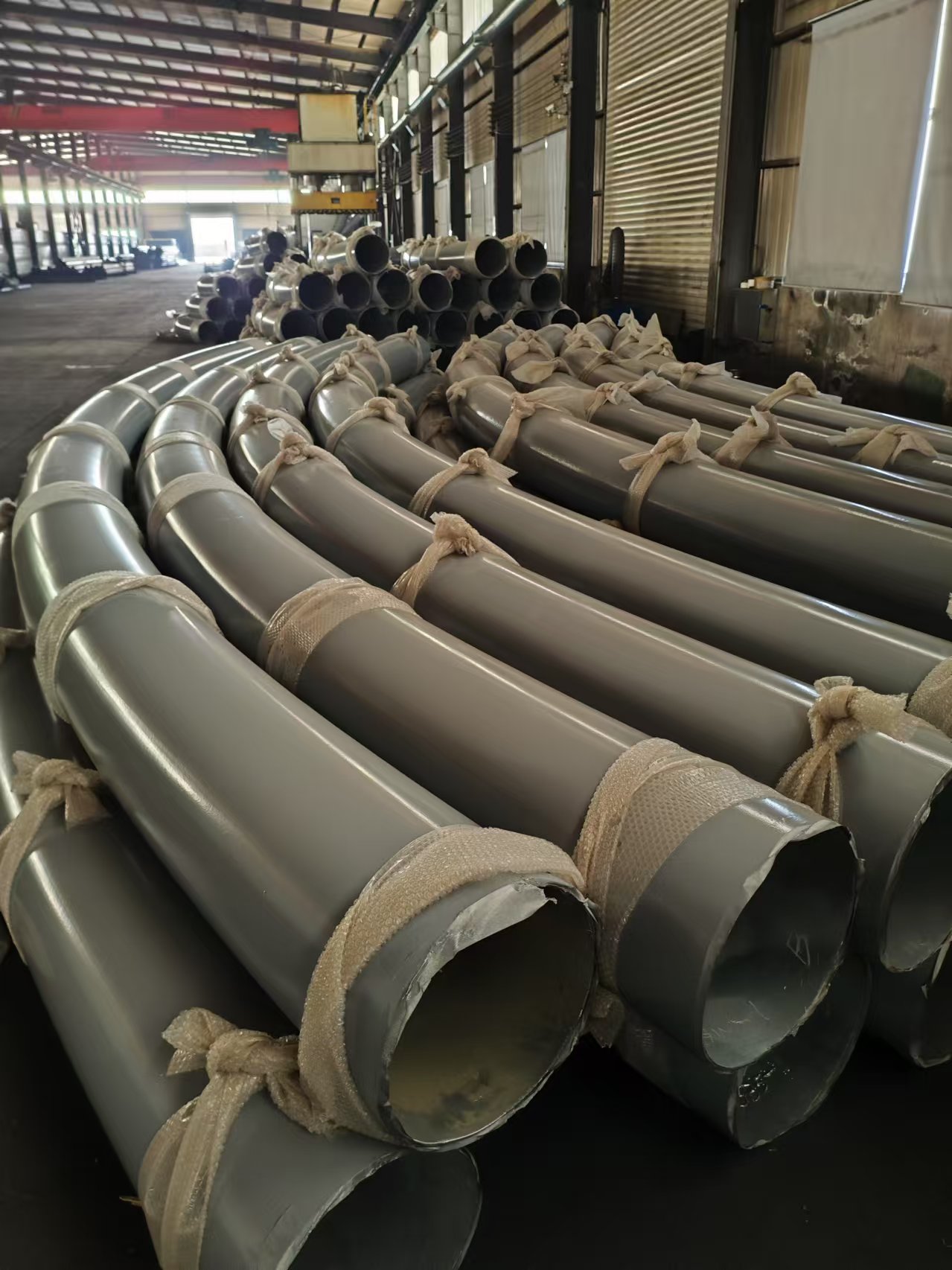
Comparación de rendimiento: Bend Pipe VS. Armaduras convencionales
Las armaduras de la tubería de curvas ofrecen ventajas distintas sobre las armaduras convencionales hechas de secciones de ángulo, Vigas I, o secciones estructurales huecas (HSS). Un análisis comparativo revela que las secciones tubulares, incluyendo tuberías de curvatura, Reduzca el peso propio en un 15–40% en comparación con las secciones de ángulo para tramos de 20 a 50 metros. Esto se atribuye a la distribución uniforme del material alrededor del eje neutro, que mejora las capacidades de compresión y de flexión. Por un truco de 35 metros Howe Truss, el uso de secciones huecas circulares (CHS) resultó en un 15.2% Reducción de peso en comparación con las secciones de ángulo, con secciones cuadradas huecas (shs) y secciones huecas rectangulares (lado derecho) logrando 26.2% ahorros.
|
|
Bold de arcilla de tubo (CHS)
|
Armadura de ángulo convencional
|
Sección hueca cuadrada (shs)
|
|
|
|
|
|
|
|
|
|
|
Resistencia a la compresión (MPa)
|
|
|
|
|
|
|
|
|
|
|
|
|
|
Calificación de resistencia al fuego (hora)
|
|
|
|
La tabla anterior ilustra el rendimiento superior de las armaduras de la tubería de curvatura en términos de peso y control de deflexión. Sin embargo, Los costos de fabricación de las armaduras de la tubería de curvatura pueden ser 10-20% más altos debido a los procesos especializados de flexión y soldadura. A pesar de esto, Los ahorros de costos generales por el uso reducido de material y la erección simplificada a menudo superan los gastos iniciales, particularmente para los tramos superiores 30 metros.
Comportamiento estructural en condiciones de carga
El comportamiento estructural de las armaduras del techo de la tubería de curvatura en diversas condiciones de carga: decisión, vivir, viento, y sísmico: requiere un análisis riguroso. Modelado numérico, como se realiza para una armadura de 54 metros, muestra que el desplazamiento vertical máximo ocurre a mediados, Típicamente alrededor de 31-33 mm bajo cargas verticales, bien dentro del límite de ingeniería de 1/300 del lapso. El análisis de tensión indica que las tensiones máximas permanecen por debajo de la resistencia al rendimiento del acero Q355B (355 MPa), Asegurar la seguridad durante la construcción y operación. Para cargas sísmicas, El componente vertical del movimiento del suelo puede afectar significativamente las armaduras a largo plazo, particularmente en zonas cercanas a la falla. Un estudio paramétrico que utiliza el software SAP2000 identificó la fuerza axial, desplazamiento vertical, y momento de flexión de la base como parámetros críticos bajo movimiento de tierra vertical.
Cargas de viento, calculado por asce 7-16, son otro factor crítico. Para una armadura con un espacio de 3.33 metros, Las presiones del viento en los componentes y el revestimiento pueden alcanzar 1.2–1.5 kPa, Requerir sistemas de arriostramiento robustos. Bendamiento de tubos de doble, con su alta rigidez y gran radio de giro de sección, exhibir una excelente resistencia al pandeo lateral, haciéndolos ideales para estructuras abiertas como terminales de aeropuerto. Sin embargo, Se debe abordar la expansión y contracción térmica, Como las tuberías de acero son susceptibles a las tensiones inducidas por la temperatura, potencialmente causando desviaciones de 1–2 mm/m en climas extremos.
Estudios de casos y aplicaciones prácticas
Las aplicaciones prácticas de las armaduras de techo de tubería de curvas son evidentes en proyectos históricos. El guangzhou El Centro Internacional de Convenciones utilizó un sistema de armadura de tubería de acero con un tramo de 36 metros, Apoyado por columnas en forma de árbol, logrando una desviación de 60 milímetros (1/383 del lapso) y un consumo de acero de 63 kg/m². Similarmente, El velódromo de Laoshan para los Juegos Olímpicos de Beijing empleó armaduras de tubo espacial, Demostrando su capacidad para cumplir con los requisitos estéticos y funcionales. Estos proyectos destacan la versatilidad de las armaduras de la tubería de curvatura para acomodar formas arquitectónicas complejas mientras mantienen la integridad estructural.
Relativamente, Las armaduras convencionales en aplicaciones similares a menudo requieren arriostramiento adicional o secciones más pesadas, aumentar los costos de material en un 10-20%. El uso de tuberías de curvas permite la integración perfecta de sistemas mecánicos y eléctricos a través de la red de armadura, Reducción de la necesidad de encuadre secundario. Sin embargo, Desafíos como las imperfecciones de soldadura y la necesidad de equipos de corte precisos subrayan la importancia de la fabricación calificada y el control de calidad.
Conclusión y direcciones futuras
Las armaduras de techo de tubería de curvatura de acero representan un pináculo de ingeniería estructural para aplicaciones de larga distancia, ofreciendo un equilibrio de fuerza, economía, y atractivo estético. Su capacidad para reducir el peso propio, acomodar geometrías complejas, y resistir diversas cargas los convierte en una opción preferida para la construcción moderna. Avances futuros en la fabricación, tales como flexión automatizada y soldadura a base de láser, prometen mejorar aún más su rentabilidad y precisión. Sin embargo, Se necesita investigación continua para optimizar los procesos de flexión, minimizar las tensiones residuales, y desarrollar pautas de diseño estandarizadas para diversas condiciones de carga y carga. Integrando herramientas de simulación avanzadas como SAP2000 y Tekla Structures, Los ingenieros pueden continuar empujando los límites de las estructuras de acero de larga extraña, Garantizar la seguridad y la sostenibilidad en la innovación arquitectónica.
La elección de los materiales para las armaduras del techo de tubería de curva de acero es fundamental para su rendimiento en estructuras de larga distancia.. Aceros de alta aleación, como Q355b (límite elástico 355 MPa) o ASTM A500 Grado C, se usan comúnmente debido a sus excelentes propiedades de tracción y compresión, así como su soldabilidad. Estos aceros proporcionan una relación de fuerza / peso favorable, que es esencial para minimizar el uso de material en tramos que exceden 20 metros. Por ejemplo, una armadura de 40 metros con tuberías Q355B con un diámetro de 219 mm y un grosor de pared de 8 MM puede lograr una reducción de peso de aproximadamente 20% En comparación con las armaduras equivalentes de haz i. Sin embargo, La selección de materiales también debe considerar la resistencia a la corrosión, particularmente para estructuras expuestas a entornos duros, tales como arenas costeras o instalaciones industriales. Se pueden emplear tuberías galvanizadas o de acero inoxidable, Aunque aumentan los costos en un 15–25%.
La optimización del uso del material implica un análisis de elementos finitos (FEA) Para determinar las dimensiones mínimas de la tubería que satisfacen los requisitos de carga mientras se adhieren a los límites de deflexión (típicamente span/300). Por ejemplo, una armadura de 50 metros sometida a una carga en vivo de 1.0 kN/m² y carga de viento de 1.2 KPA requiere tuberías con una relación mínima de diámetro / espesor (D/T) de 20-30 para evitar el pandeo local. El uso de pernos de alta resistencia (calificación 10.9) o las soldaduras de penetración completa aseguran conexiones robustas, pero estos deben estar diseñados para manejar cargas dinámicas, como los de las vibraciones inducidas por la multitud en los estadios, que puede alcanzar frecuencias de 1.5–3.0 Hz.
Precisión de fabricación y control de calidad
La fabricación de trusses de tubería de curvatura exige una alta precisión para garantizar la integridad estructural y la calidad estética. Flexión de inducción, Ya sea caliente o frío, es el método principal para dar forma a las tuberías. Flexión de inducción en caliente, realizado a 850–950 ° C, permite radios tan apretados como 1.5d (donde d es el diámetro de la tubería), pero puede reducir la resistencia del rendimiento en un 5-10% debido a los cambios microestructurales. Flexión fría, realizado a temperaturas ambientales, preserva las propiedades del material pero se limita a radios de 3D o más, requerir equipos especializados con capacidades superiores 500 Kn. Inspecciones posteriores a la flexión, como las pruebas ultrasónicas, son críticos para detectar microgrietas u ovalidad, con tolerancias aceptables definidas por estándares como EN 10219 (ovalidad ≤2%).
La soldadura es un aspecto crítico de la fabricación, particularmente para los nodos de intersección donde convergen múltiples tuberías. El uso de sistemas de soldadura automatizados, como soldadura robótica de mig o tig, mejora la consistencia y reduce los defectos. Un estudio de caso de una armadura de 60 metros reveló que la soldadura automatizada reducía las imperfecciones de soldadura por 30% en comparación con los métodos manuales, reducir el riesgo de falla de fatiga bajo carga cíclica. Medidas de control de calidad, incluyendo pruebas no destructivas (END) como la inspección de partículas radiográficas o magnéticas, Garantizar el cumplimiento de estándares como AWS D1.1. Estos procesos agregan 10-15% a los costos de fabricación, pero son esenciales para la durabilidad a largo plazo..
Distribución de carga y dinámica estructural
El comportamiento estructural de las armaduras del techo de la tubería de curvatura en condiciones de carga complejas es una consideración clave. Las armaduras de larga distancia deben resistir una combinación de cargas muertas (pescado, techumbre, y sistemas MEP), cargas vivas (ocupación o nieve), cargas de viento, y fuerzas sísmicas. Para una armadura de 45 metros con una configuración de Pratt, El modelado de elementos finitos utilizando software como ANSYS o SAP2000 indica que se producen tensiones máximas en las intersecciones de acordes-WEB, típicamente 200-250 MPa bajo carga combinada. El uso de secciones huecas circulares (CHS) En Bend Pipe Trusses mejora la rigidez torsional, Reducción de riesgos de pandeo de torsional lateral en comparación con secciones abiertas como vigas I.
El análisis dinámico es crucial para estructuras como las arenas deportivas, donde las vibraciones inducidas por la multitud o las oscilaciones inducidas por el viento pueden afectar el rendimiento. Por ejemplo, Una armadura de 70 metros en un velódromo experimentó una frecuencia natural de 2.1 Hz, cerca de la frecuencia de las cargas inducidas por humanos (1.5–2.5 Hz), Requerir amortiguadores para mitigar la resonancia. Diseño sísmico, por códigos como IBC 2021, Requiere la consideración del movimiento vertical del suelo, que puede amplificar las fuerzas axiales en los miembros de la web hasta 40%. Bendamiento de tubos de doble, con sus secciones transversales uniformes, distribuir estas fuerzas de manera más efectiva que las armaduras angulares, reducir las concentraciones de estrés en un 15-20%.
Análisis comparativo: Bend Pipe Trusses vs. Sistemas alternativos
Para dilucidar aún más las ventajas de las armaduras de la tubería de curvatura, Se justifica una comparación detallada con sistemas alternativos como marcos espaciales y techos que se atenúan por cable.
Marcos espaciales, a menudo utilizado para tramos superiores 50 metros, Distribuir cargas a través de una cuadrícula tridimensional, ofreciendo una alta redundancia pero que requiere 20-30% más de acero que las armaduras de tubería de curvatura para tramos equivalentes. Techos estadificados por cable, Mientras que liviano, confiar en cables de alta tensión que aumentan los costos de mantenimiento y son menos adecuados para geometrías complejas. Bend Pipe Trusses golpean un equilibrio, Ofreciendo flexibilidad en el diseño y uso reducido de material.
|
|
|
|
|
|
|
|
|
|
|
|
|
|
|
Tiempo de construcción (meses)
|
|
|
|
|
|
|
|
|
|
|
|
|
|
|
|
|
|
|
Esta tabla resalta la eficiencia de las armaduras de la tubería de curvatura en términos de uso de material y velocidad de construcción, Aunque los marcos espaciales pueden preferirse para los tramos ultra largos (>100 m) Debido a su redundancia. Sistemas de estadía de cable, Mientras que liviano, requiere tensiones frecuentes de cable, aumentar los costos del ciclo de vida en un 10-20%.
Consideraciones ambientales y de sostenibilidad
La sostenibilidad es una preocupación creciente en la ingeniería estructural, y las armaduras de tubería de curvas ofrecen varias ventajas. Su consumo reducido de acero reduce el carbono incorporado, con un truss de 50 metros que emite aproximadamente 10-15% menos de CO₂ durante la producción en comparación con las armaduras angulares. El potencial de reciclaje es otro beneficio, Como las tuberías de acero son 100% reciclable, Alinearse con los principios de economía circular. Sin embargo, el proceso de flexión intensivo en energía, Particularmente flexible, puede aumentar la huella de carbono en un 5-10% a menos que las fuentes de energía renovable.
Para mejorar la sostenibilidad, Los ingenieros pueden adoptar diseños modulares, Permitir prefabricación y soldadura reducida en el sitio. Un sistema de armadura modular de 30 metros, por ejemplo, Tiempo de erección reducido por 25% y desperdicio de 15% en comparación con los métodos tradicionales. Además, el uso de recubrimientos bajos en carbono, tales como pinturas intumescentes a base de agua, puede mejorar la resistencia al fuego mientras minimiza el impacto ambiental. Innovaciones futuras, como la integración de acero reciclado o compuestos avanzados, podría reducir aún más la huella ecológica de las armaduras de la tubería de curvatura.
Desafíos y estrategias de mitigación
A pesar de sus ventajas, Bend Pipe Trusses enfrentan desafíos, incluyendo altos costos de fabricación inicial, Sensibilidad a los defectos de fabricación, y efectos térmicos. El costo de los equipos de flexión especializados y la mano de obra calificada puede aumentar los presupuestos del proyecto en un 10-20%, particularmente para proyectos a pequeña escala. Para mitigar esto, Se pueden adoptar tamaños de tuberías estandarizados y radios de flexión para agilizar la producción. Imperfecciones de soldadura, que puede reducir la vida de la fatiga hasta 30%, requiere rigurosos protocolos de garantía de NDT y garantía de calidad.
Expansión térmica, particularmente en regiones con variaciones de temperatura de 40 ° C o más, puede inducir tensiones en armaduras de gama fija. Juntas de expansión o soportes deslizantes, diseñado para acomodar movimientos de 5–10 mm, puede mitigar este problema. Además, La protección contra la corrosión es crítica para las estructuras al aire libre, con galvanización en caliente que ofrece una vida útil de 50+ años en entornos moderados, en comparación con 20-30 años para recubrimientos orgánicos.
Tendencias e innovaciones futuras
El futuro de las armaduras de techo de tuberías de Bend se encuentra en la integración de tecnologías digitales y materiales avanzados. Modelado de información de construcción (Bim) habilita la coordinación precisa entre el diseño, fabricación, y erección, Reducción de errores hasta hasta 20%. El uso del aprendizaje automático en FEA puede optimizar las configuraciones de armadura, predicción de modos de falla con 95% exactitud. Además, la adopción de aceros de alta resistencia como la Q460 (límite elástico 460 MPa) podría reducir aún más el uso del material en un 10-15%, Aunque su mayor costo requiere un análisis económico cuidadoso.
Técnicas de fabricación emergentes, tales como nodos de acero impresos en 3D o flexión guiada por láser, prometen mejorar la precisión y reducir el desperdicio. Por ejemplo, Un proyecto piloto en Shanghai usó nodos impresos en 3D para una armadura de 25 metros, reduciendo el tiempo de fabricación por 30%. Estas innovaciones, combinado con prácticas sostenibles, Position Bend Pipe Trusses como piedra angular de la ingeniería estructural moderna a largo plazo.
